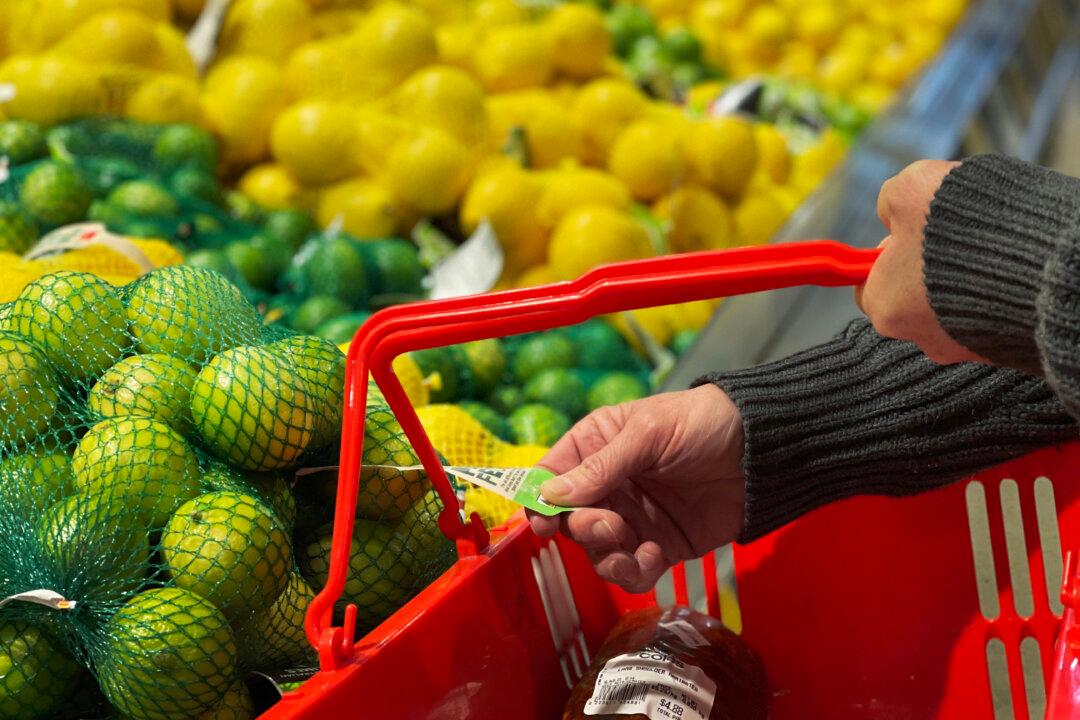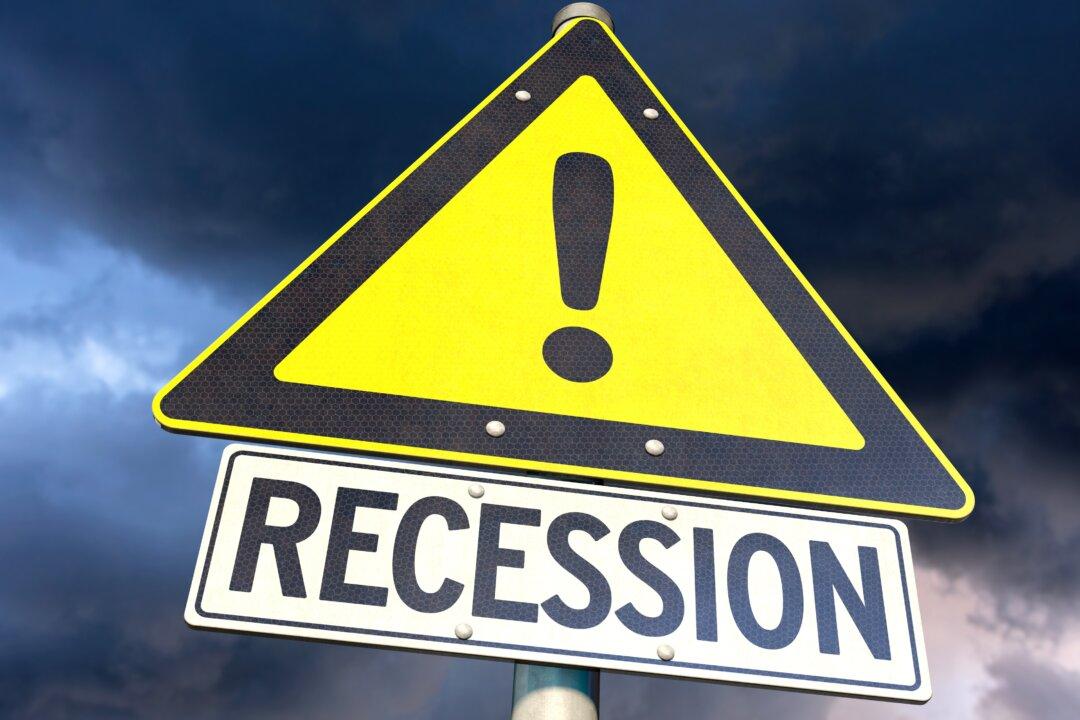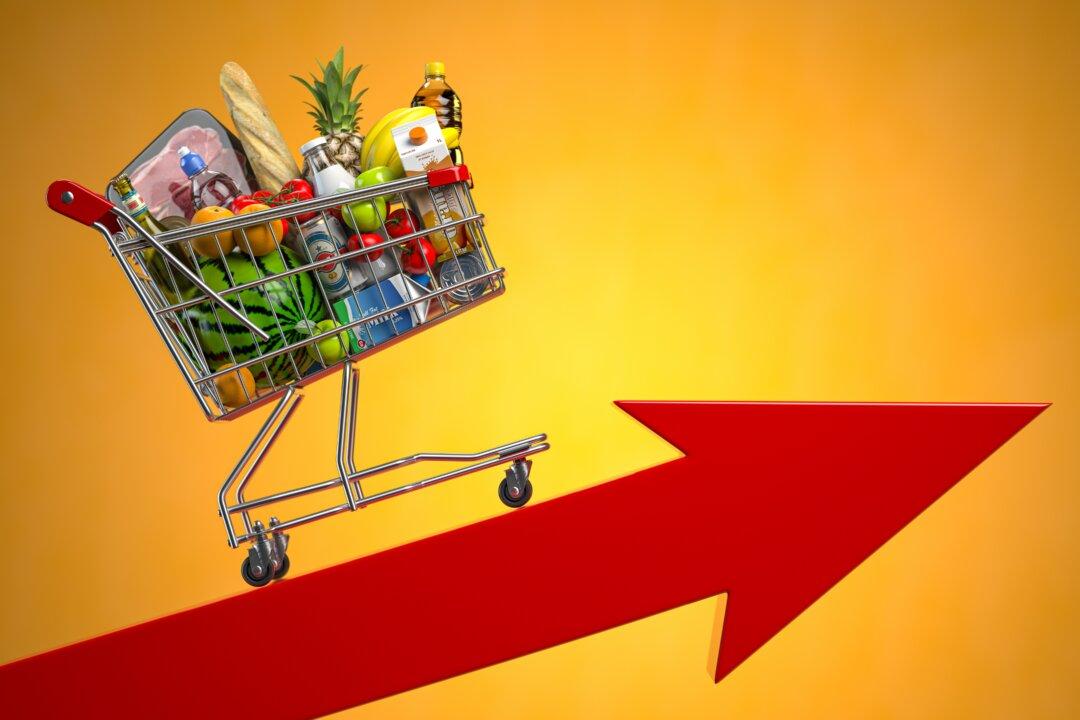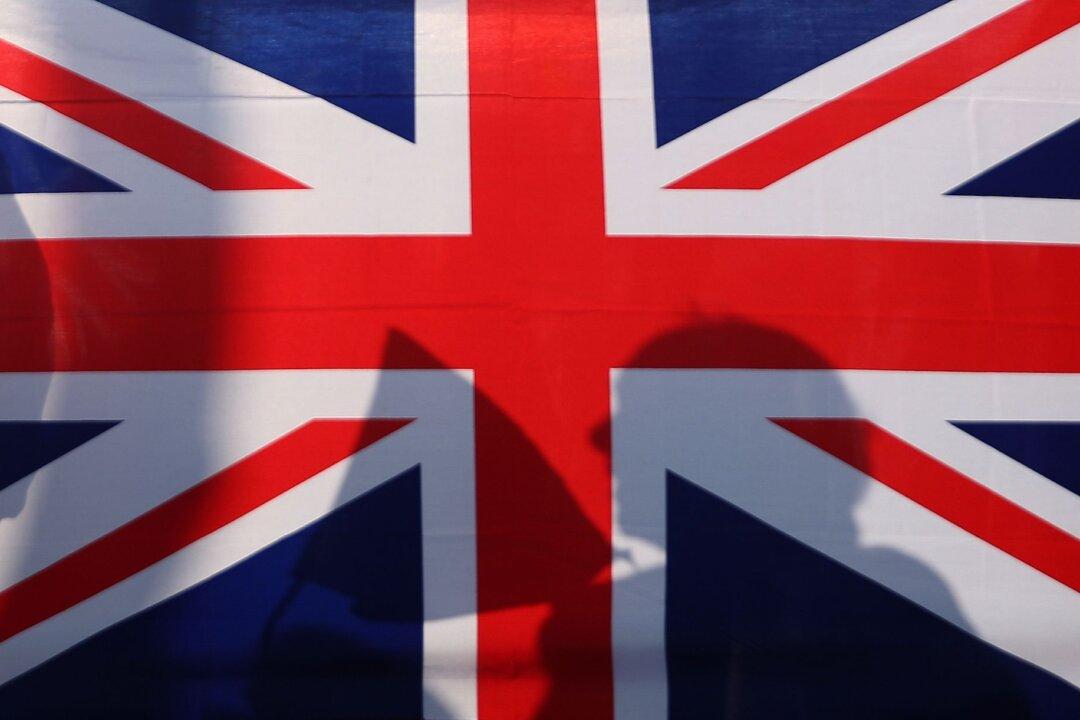Commentary
If you’re the CEO of the world’s largest retailer, you’re not off to a great start if you are highlighting sales of men’s flannel. Yet, such was the case for Walmart’s chief executive, Doug McMillan. Consumers are behaving differently than they had last year, even when compared to earlier this year, and this poses serious challenges.





